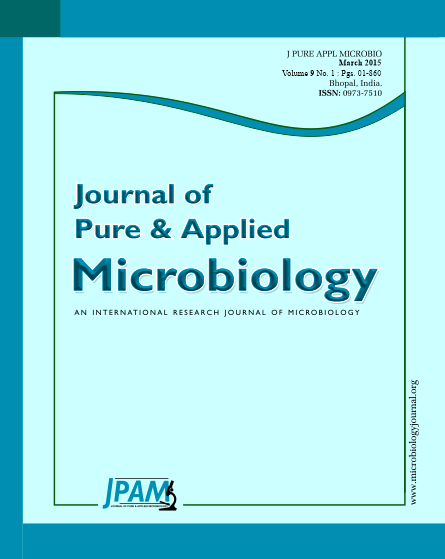Mycobacterium tuberculosis has been identified as the etiological agent of 21st century’s epidemic tuberculosis. India is the second-most populous country in the world and one fourth of the global incident TB cases occur in India annually. Genital Tuberculosis is among the top three killers of the women of reproductive age after HIV/AIDS and maternal cause. Genital tuberculosis is an upcoming chronic disease which often has low-grade symptomatology, and with very few specific complaints. The objective of this study was to evaluate the efficacy of PCR technique, in the diagnosis of GTB in female infertility. A case study was done at central India, in which Endometrial biopsies obtained from women suffering from infertility were subjected to PCR based method for diagnosis of genital TB resulting in 10.8% of positivity. Our studies concluded that Genital tuberculosis is difficult to diagnose due to restricted use of investigations and limited use of invasive procedures like pathological biopsy for extra-pulmonary TB, and therefore molecular tests like PCR can provide high sensitive and more rapid opportunity to identify Mycobacterium tuberculosis as compared to conventional techniques which are time consuming. Also genital TB can be linked with the fallopian tubes and, together with endometrial involvement, may cause infertility in patients.
GTB (Genital Tuberculosis), ET (Endometrial Tissue), BSL-II (Biosafety Level 2)
© The Author(s) 2015. Open Access. This article is distributed under the terms of the Creative Commons Attribution 4.0 International License which permits unrestricted use, sharing, distribution, and reproduction in any medium, provided you give appropriate credit to the original author(s) and the source, provide a link to the Creative Commons license, and indicate if changes were made.


